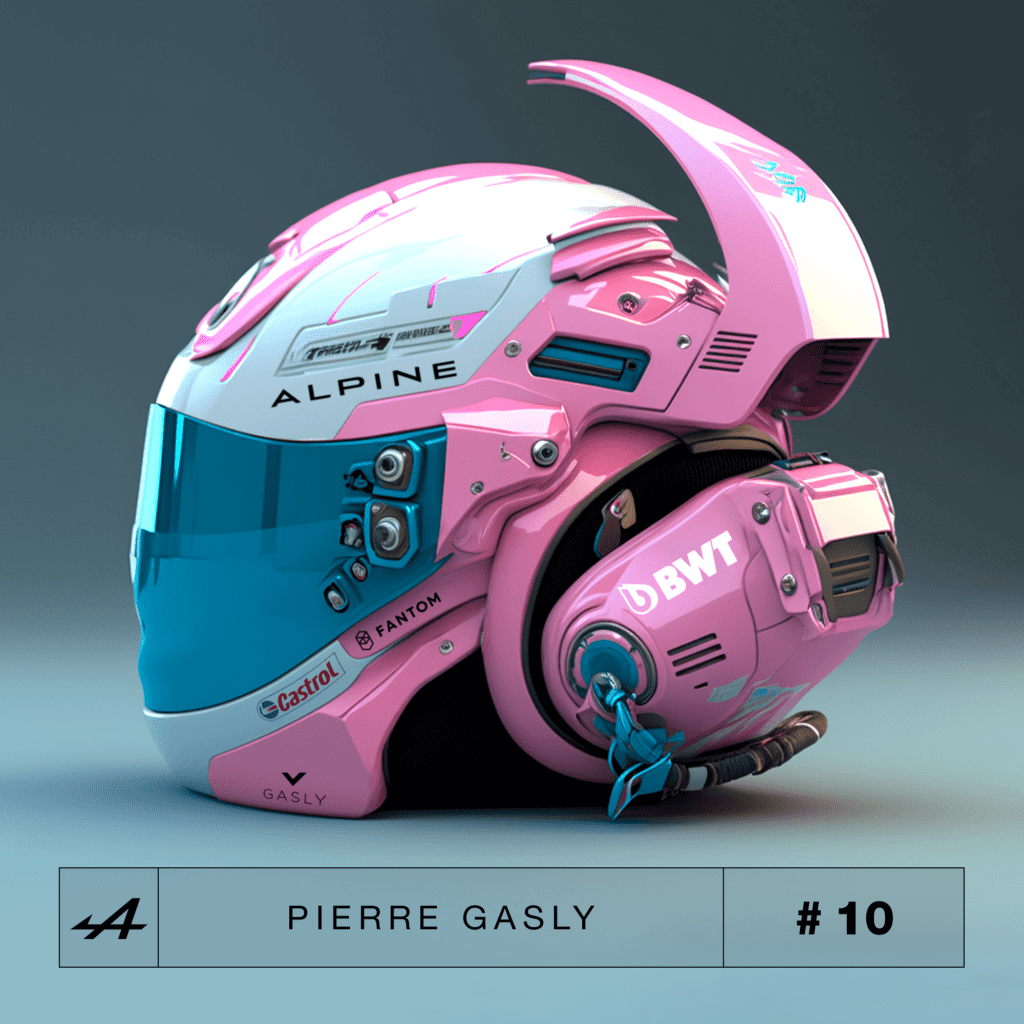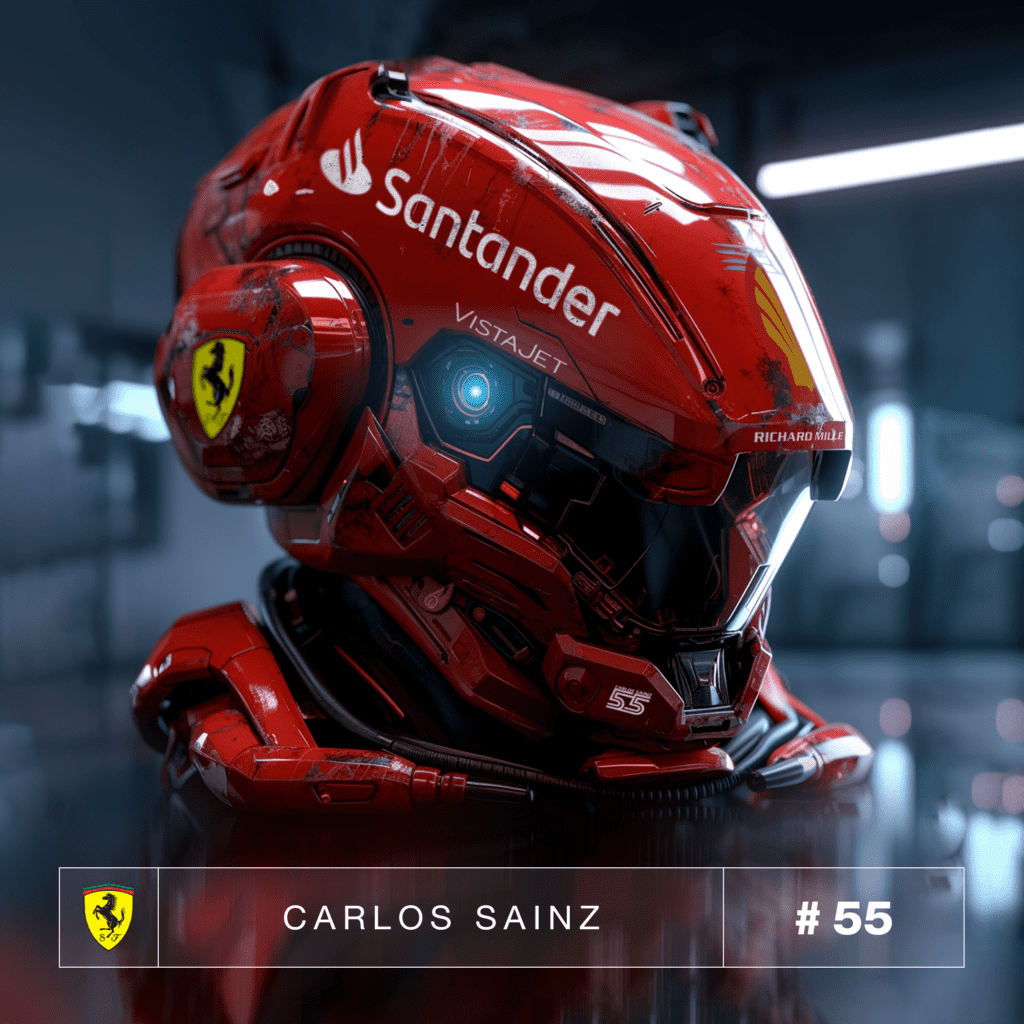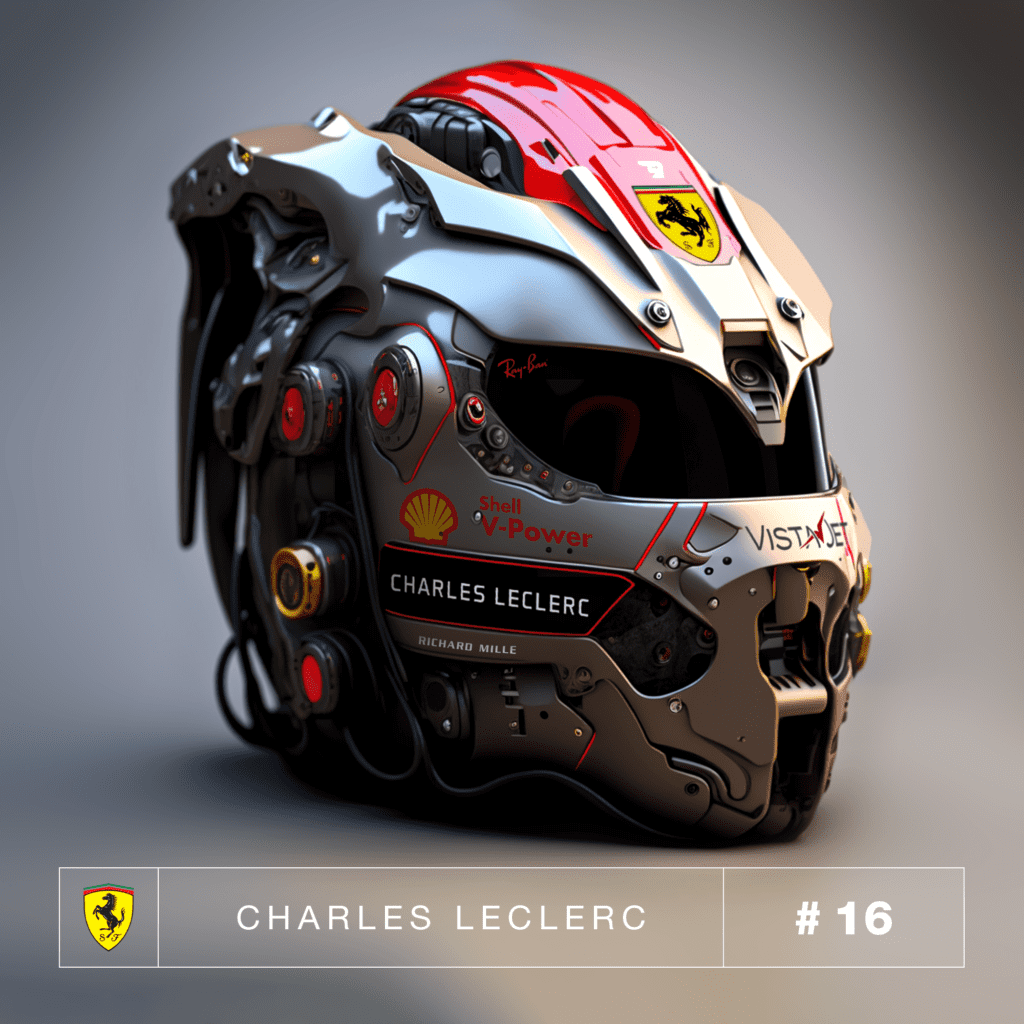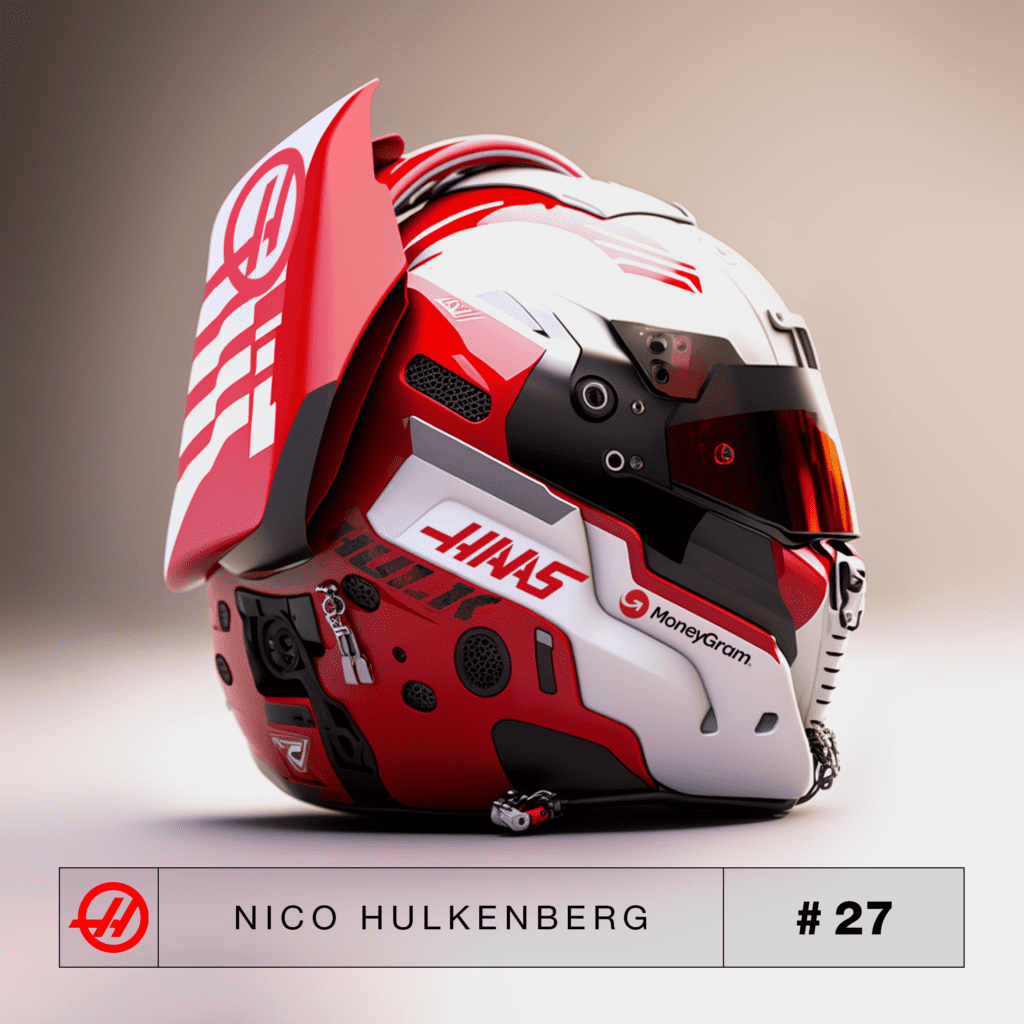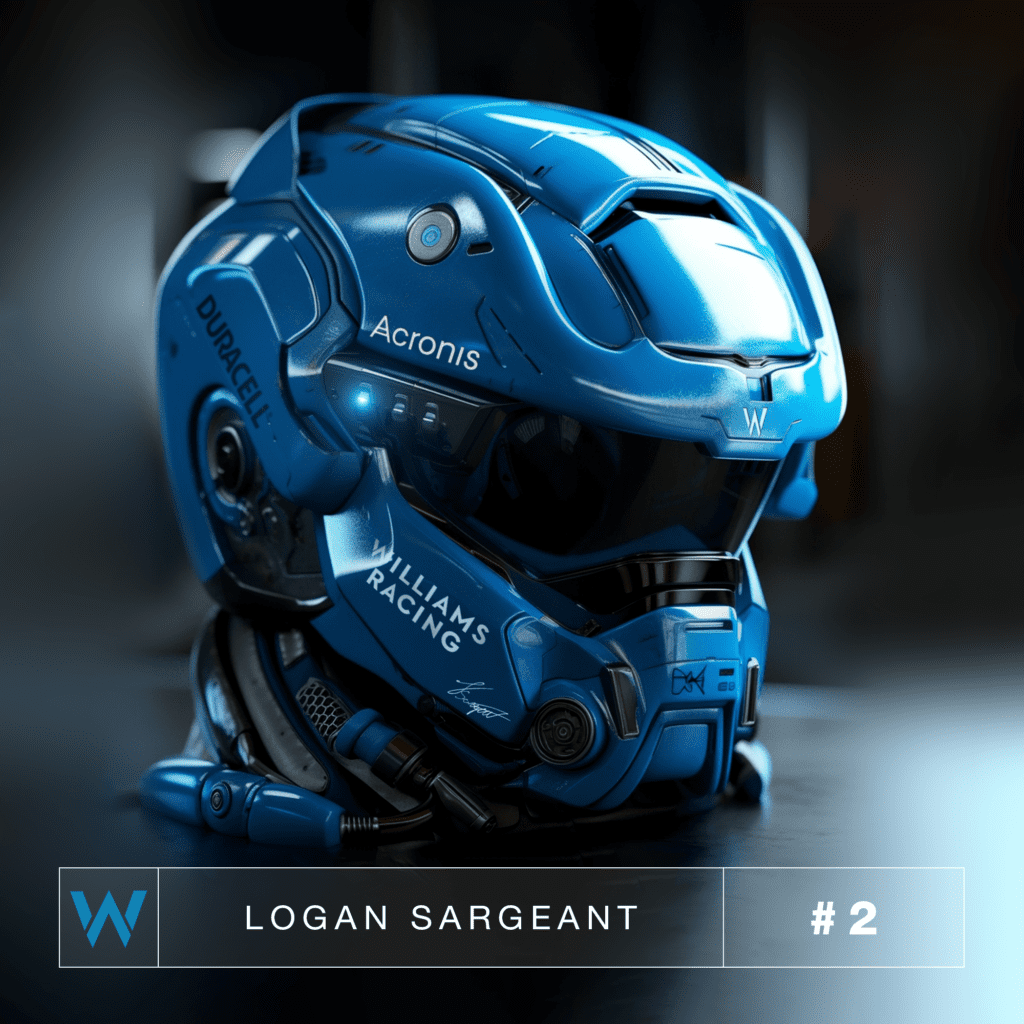Instagram Ditches NFTs and Meta Takes a Stand Against NFTs: What This Means for the Blockchain Art Movement
Fast Facts:
- Instagram announces the discontinuation of digital collectibles and NFTs, leaving creators and collectors in suspense.
- Meta, formerly known as Facebook, joins the NFT opposition, raising questions about the future of blockchain-based art.
- The decision by both platforms sparks debates about the viability and longevity of NFTs as a mainstream phenomenon.
- Artists and content creators express concerns about the impact on their revenue streams and artistic expression.
- The NFT community awaits further developments, eager to explore alternative platforms and adapt to the evolving industry.
In a surprising turn of events, Instagram has recently announced its decision to sunset digital collectibles and NFTs, leaving many creators and collectors in a state of uncertainty. This move follows closely on the heels of Meta’s (formerly Facebook) declaration of no longer supporting NFTs, igniting a debate about the future of blockchain-based art and the potential ramifications for artists and enthusiasts alike.
Instagram’s Departure: The Social Media Giant Takes a U-Turn
Instagram, one of the leading social media platforms, had initially embraced the NFT trend, allowing creators to mint and sell their digital artwork directly on the platform. However, their sudden departure from the NFT scene has sent shockwaves through the community, leaving artists and collectors grappling with uncertainty. While Instagram hasn’t provided explicit reasons for this shift, speculations range from regulatory concerns to strategic realignments.
One notable artist, Sarah Thompson, had gained significant recognition and revenue through Instagram’s NFT marketplace. She expressed her disappointment, stating, “Instagram was my go-to platform for showcasing and selling my digital art. This sudden decision has thrown me off guard, and I’m unsure about the next steps for my artistic journey.”
Meta Joins the NFT Opposition: A Blow to the Blockchain Art Movement
Meta, the parent company of Instagram, made headlines when it declared that it would no longer support NFTs. This decision has raised questions about the future of blockchain-based art, as Meta’s immense reach and influence could shape the trajectory of the digital collectibles market. Some speculate that Meta’s concerns may revolve around regulatory uncertainties, potential misuse, or a shift in their strategic priorities.
Debating the Viability of NFTs: Is This the End of the NFT Hype?
The abrupt moves by both Instagram and Meta have triggered a broader conversation about the viability and longevity of NFTs. While the meteoric rise of NFTs over the past few years captured widespread attention and drove astronomical sales, skeptics argue that this could be a bubble waiting to burst. However, NFT enthusiasts remain optimistic, pointing to the enduring value of digital ownership and the democratization of the art market.
The discontinuation of NFT support on Instagram and Meta has left many artists questioning their revenue streams and artistic expression. With these platforms serving as a gateway to exposure and monetization, creators are now exploring alternative NFT marketplaces and platforms to continue showcasing and selling their digital artwork. This transition presents both challenges and opportunities for artists to find new avenues for connecting with their audience.
“Instagram’s exit and Meta’s stance against NFTs mark a critical juncture in the evolution of blockchain-based art. The community must now rally together, embracing new platforms and technologies to redefine the future of digital collectibles.”
The Future of NFTs: Adapting to an Evolving Industry
As the dust settles from Instagram’s departure and Meta’s stance against NFTs, the NFT community is now eagerly awaiting new platforms and technologies to fill the void. The resilient and innovative nature of the blockchain art movement ensures that artists and collectors will adapt to the changing landscape, exploring novel opportunities and pushing the boundaries of digital ownership.







